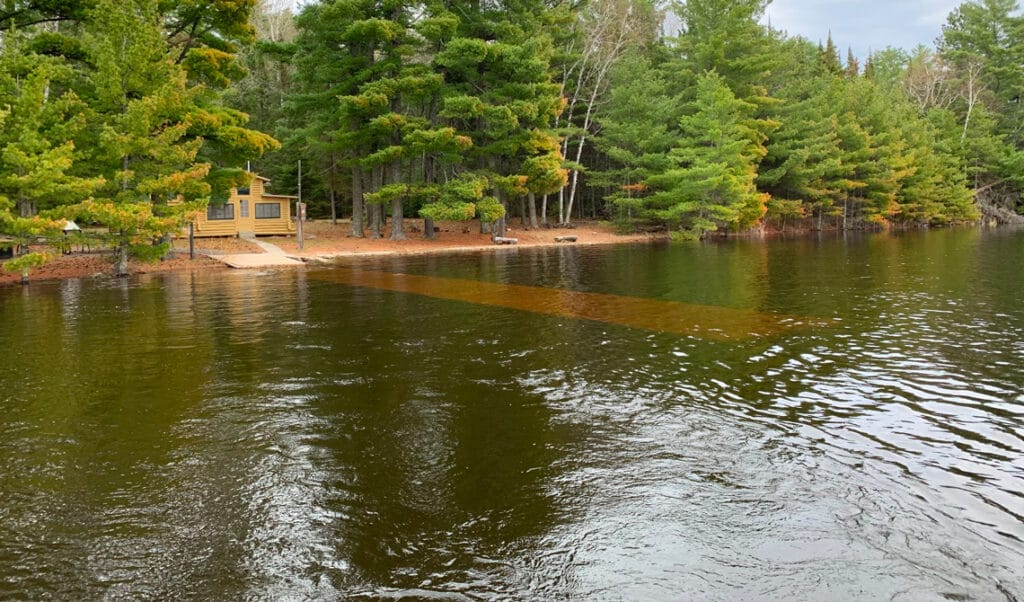
The slow snow melt and recent rain has created a challenging situation on Rainy Lake and upstream waters this spring. The water levels on Crane, Rainy, Namakan, and other area lakes are already high, and expected to keep climbing.
On Wednesday, the National Weather Service office in Duluth issued a warning about flooding.
“This will be LONG DURATION flooding event,” meteorologists wrote. “While Lake Vermilion and Kabetogama Lake will see the highest levels in the coming days, levels on Rainy Lake might not reach their peak until late May.”
Voyageurs National Park is warning visitors that the high water, and the ice still on lakes, could cause dangerous conditions and difficulties. They recently warned that the high water combined with ice floes could cause hazards.
“While conditions can and do change quickly, there is currently ice remaining on the park’s large lakes that will continue to shift with the wind until melted. This could mean that a site you can reach one day could be blocked by ice the next,” the National Park Service said. “This poses additional boating hazards in the form of floating debris and submerged rocks that are normally exposed and is also causing docks and more shoreline than usual to be underwater, which affects boat accessibility at many sites.”
With Rainy and Namakan Lakes already more than a foot above normal. The National Weather Service has warned the water will keep climbing over the week ahead. Dams along the river that control water levels are almost entirely open already, letting as much water through as possible.
“Due to the extremely high flow conditions across the watershed, water levels are expected to continue to rise over the coming weeks. Wet weather could result in a faster rate of rise,” the International Joint Commission, which manages water levels on the border waters, said. “Areas that have been negatively affected by past high water events on these lakes should make preparations for high water levels returning.”
High water is also persisting in other parts of northern Minnesota and northwestern Ontario. Rivers along the North Shore of Lake Superior are running extremely high, and lakes and rivers near Ely are also high.
Meteorologists say flooding in the Rainy River system might be as bad as it was during historic peaks in 2014 and 1950. In 2014, the flooding inundated parts of conservationist Ernest Oberholtzer’s Mallard Island cabins on Rainy Lake.
More information:
- Rainy River Basin Summary Page – National Weather Service
- International Rainy-Lake of the Woods Board Water Levels Committee High Water and Flow Bulletin – International Joint Commission
- Flood warning issued for huge area along Minnesota-Ontario border – Duluth News Tribune

